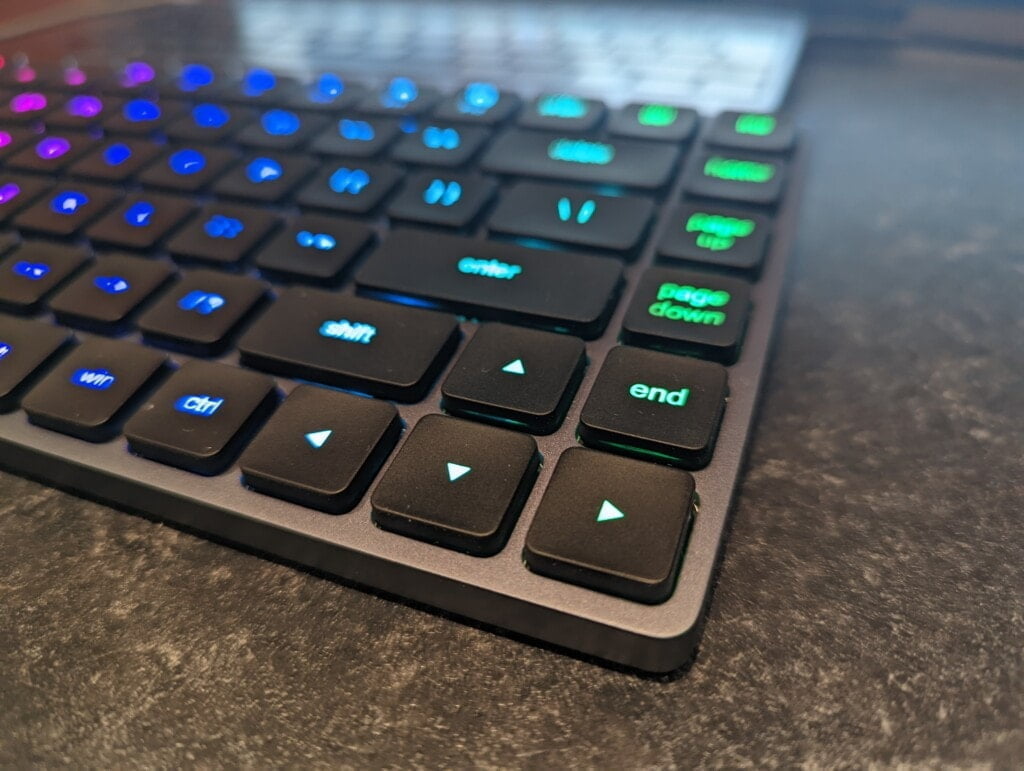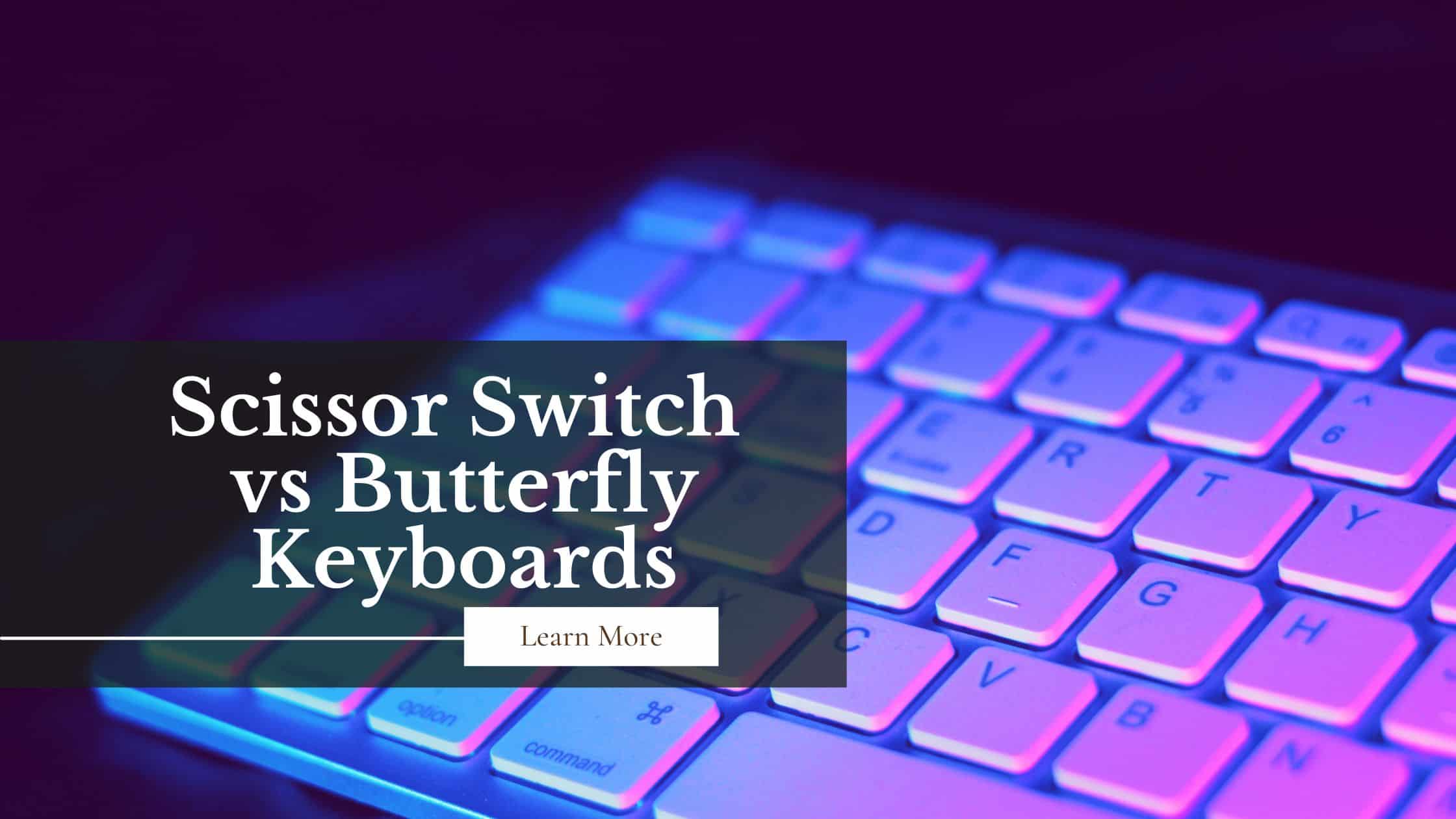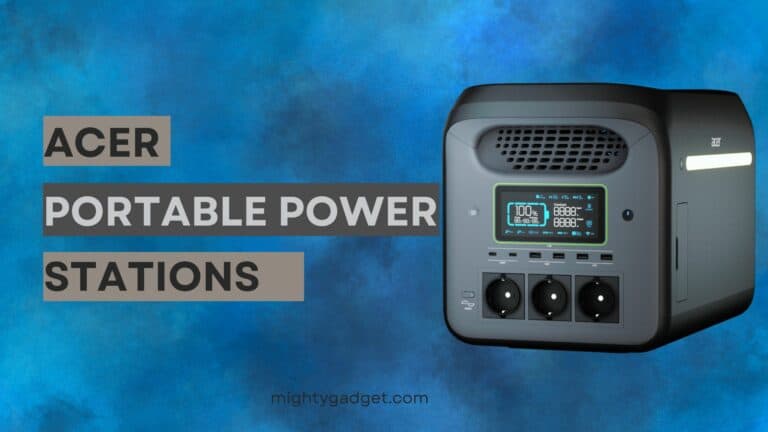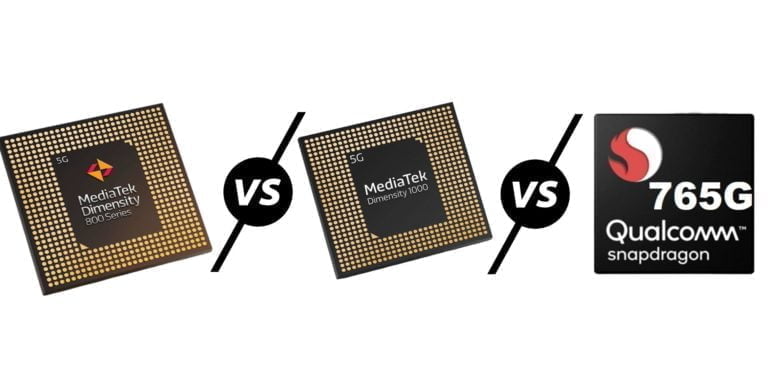Any links to online stores should be assumed to be affiliates. The company or PR agency provides all or most review samples. They have no control over my content, and I provide my honest opinion.
In the realm of computer peripherals, keyboards often steal the limelight for their quintessential role in interfacing with digital worlds. Amongst the various types of keyboards, the ongoing debate between Scissor Switch and Butterfly keyboards has caught the industry’s attention. Both designs come with their distinct set of advantages and downsides, but which is the right fit for you? Let’s delve into the mechanics, the nuances, and the real-world implications of these two technologies to give you a definitive guide.
Scissor Switch Keyboards: The Old Faithful
A Scissor Switch keyboard employs a mechanism that features two plastic pieces interlocking in a ‘scissor-like’ fashion. When a key is pressed, these pieces contract, giving that tactile feedback we’re all familiar with.
Pros of Scissor Switch Keyboards
- Durability: Scissor switches are robust, often boasting lifetimes of up to 10 million keystrokes.
- Tactile Feedback: These keyboards offer a decent amount of tactile feedback without being too noisy. You get a satisfying, albeit soft, click with every press.
- Low Profile and Lightweight: Generally, Scissor Switch keyboards are slim and portable, making them ideal for mobile workstations and cramped setups.
- Easy Maintenance: Cleaning and maintaining these keyboards is usually straightforward due to the simpler switch mechanism.
Cons of Scissor Switch Keyboards
- Limited Key Travel: These keyboards usually offer less key travel, which might not be suitable for those who prefer a deep actuation point.
- Cost: Quality Scissor Switch keyboards often come at a premium price, especially when aiming for higher-end models.
Notable Examples:
- Apple Magic Keyboard
- Logitech MX Keys
- Microsoft Surface Keyboard
Butterfly Keyboards: The Controversial Innovator
Apple first introduced Butterfly keyboards in 2015. The Butterfly mechanism replaced the traditional scissor mechanism, claiming to offer a more stable keypress. However, the implementation has been polarising.
Pros of Butterfly Keyboards
- Ultra-Thin Design: Butterfly switches allow for exceptionally slim keyboard designs, which complements ultraportable devices well.
- Quick Actuation: The design allows for quicker keypress recognition, making it potentially faster for typing or gaming.
- Stable Key Press: The mechanism aims to distribute pressure more evenly, regardless of where you press on the keycap.
Cons of Butterfly Keyboards
- Reliability Issues: Dust and debris can easily disrupt the Butterfly mechanism, leading to keys that stick or fail altogether.
- Lack of Tactile Feedback: The shallow key travel and lower resistance can make typing less satisfying for users accustomed to a more tactile experience.
- Cost of Repair: If a single key fails, often the entire keyboard or top case assembly must be replaced, incurring high repair costs.
Notable Examples:
- MacBook 2015-2019 models
- Apple’s 2nd Generation Magic Keyboard (discontinued)
Scissor Switch vs Butterfly: The Verdict
In the final reckoning, the choice between Scissor Switch and Butterfly keyboards boils down to personal preference and specific needs. If reliability, tactile feedback, and longevity are your priority, Scissor Switch keyboards stand as a proven choice. On the other hand, if you favour ultra-thin designs and are willing to compromise on durability, Butterfly keyboards might appeal to you, albeit with caution due to their past reliability concerns.
Regardless of the keyboard mechanism you choose, it’s crucial to consider the broader context: the hardware compatibility, the purpose (be it typing, gaming, or specialised tasks), and ultimately, the tactile experience that you personally find satisfying.
By now, you should be well-armed with the information to make a considered decision. Remember, the best keyboard for you is the one that meets your unique set of requirements, making your interaction with technology seamless, efficient, and enjoyable.
Scissor Switch & Butterfly Switch Alternatives

There are arguably two superior keyboard switch technologies compared to scissor and butterfly switches.
Cherry has developed some ultra-low-profile switches that have a similar appearance to scissor and butterfly but all the benefits of a mechanical switch, including a more pleasant typing experience and improved keystroke endurance. However, keyboards featuring these switches, such as the Cherry KW X ULP, command a very high price.

Another alternative is optical-mechanical switches, which are used on the Vissles LP85. With optical switches, they use a process called light induction. When you press the key down, the stem (the part that would usually hit the keyboard) blocks a beam of infrared light. An infrared sensor then detects the lack of light and signals the key has been pressed to the computer.
I am James, a UK-based tech enthusiast and the Editor and Owner of Mighty Gadget, which I’ve proudly run since 2007. Passionate about all things technology, my expertise spans from computers and networking to mobile, wearables, and smart home devices.
As a fitness fanatic who loves running and cycling, I also have a keen interest in fitness-related technology, and I take every opportunity to cover this niche on my blog. My diverse interests allow me to bring a unique perspective to tech blogging, merging lifestyle, fitness, and the latest tech trends.
In my academic pursuits, I earned a BSc in Information Systems Design from UCLAN, before advancing my learning with a Master’s Degree in Computing. This advanced study also included Cisco CCNA accreditation, further demonstrating my commitment to understanding and staying ahead of the technology curve.
I’m proud to share that Vuelio has consistently ranked Mighty Gadget as one of the top technology blogs in the UK. With my dedication to technology and drive to share my insights, I aim to continue providing my readers with engaging and informative content.







![Netgear Orbi Pro WiFi 6 Tri-Band AX6000 WiFi System Review – Cloud Managed WiFi 6 for your Business [SXK80]](https://mightygadget.com/wp-content/uploads/2020/11/Netgear-Orbi-Pro-Wi-Fi-6-review-768x423.jpg)
for me it’s definately scissor keys